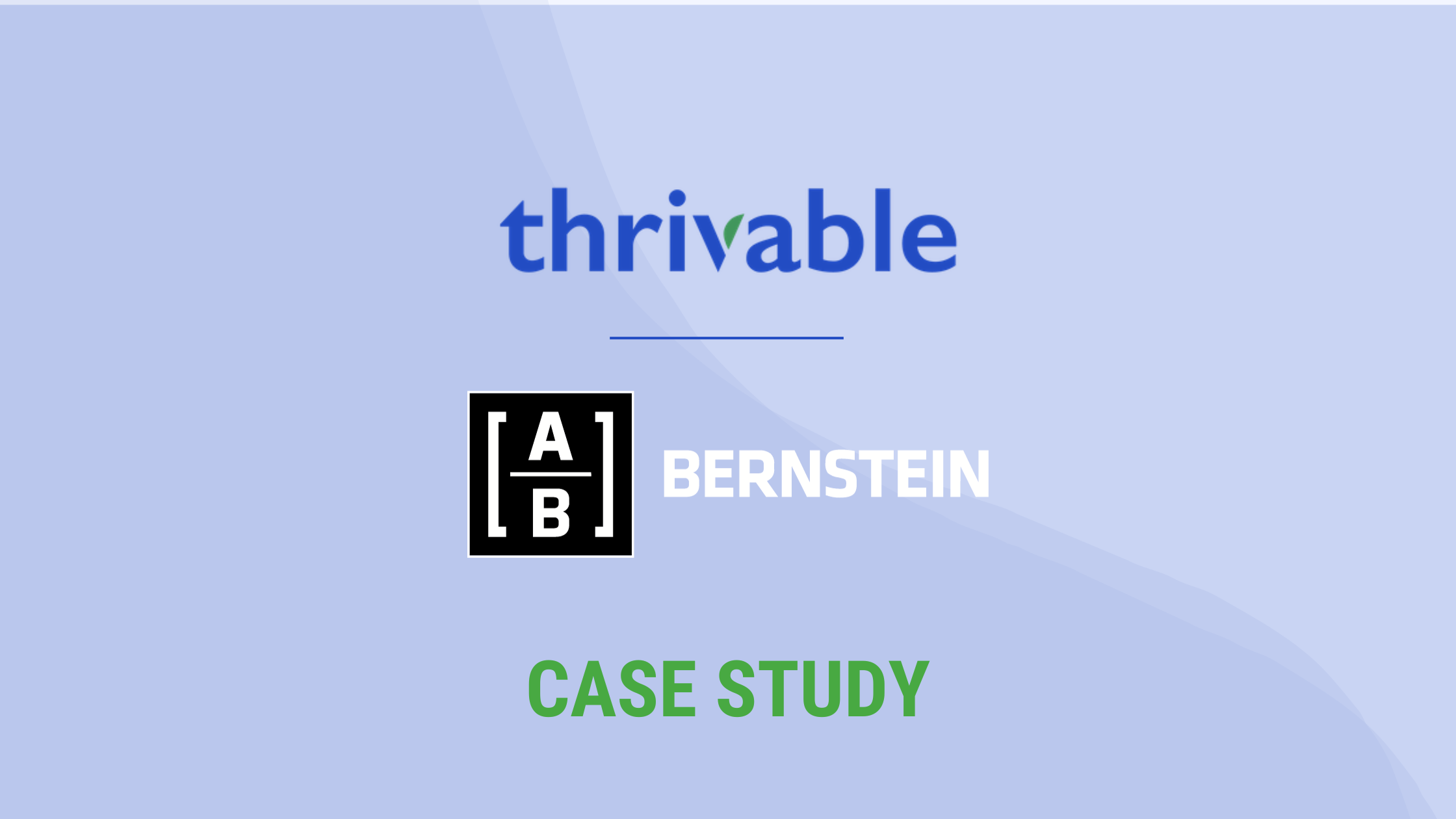Blog
The Top 5 Flaws of Using Your Internal Patient Database for Customer Research

Adam Zandman
Market Research

Data is your business's most valuable resource. But, healthcare data is not linear. It is a complex, diverse beast, unlike the data of any other industry.
Healthcare companies often leverage their internal patient databases for critical research projects for faster turnaround times and tight budgets. This creates several issues, which we will explore today.
For do-it-yourself companies, there are a myriad of biases and drawbacks to keep in mind:
Bias
Most internal databases contain employees from their company, making any insights you gather from them heavily skewed. It’s difficult for employees to have a neutral view of a specific topic because they are too involved with different aspects of the business and most likely don’t represent the general population when it comes to treatment plans.
Limited Perspectives
Relying solely on your customers for research is a significant limitation. While valuable, your customer base does not comprehensively represent the entire market. This can result in a narrow understanding of consumer behavior and preferences. Often, companies struggle with confirmation bias, where they look for data to support an already-held belief. This is a significant factor for companies looking for insights in which they can be confident.
Panel Recycling
Another risk of using your internal database is the potential to exhaust your panel quickly. This can lead to a repetitive cycle of feedback from the same people, preventing you from gaining fresh insights and a broader understanding of your market. Over time, it will become difficult for your company to glean insights from this sliver of the market.
Maintenance of Old/Outdated Data
Maintaining an internal database is resource-intensive and time-consuming. Ensuring that all information is up-to-date and accurate requires continuous effort. Outdated or poorly maintained data can lead to incorrect conclusions and ineffective strategies, making having a well-maintained and accurate database crucial.
Poorly Set Up Data Sets
Database set-up directly impacts the quality and viability of research data. If your internal database contains a variety of structured and unstructured data sets, keeping the data clean and ready to use can be an obstacle. Proper data structure ensures ease and accuracy when connecting with patients and trusting the data.
Exploring alternatives to managing an in-house database? At Thrivable, we provide infrastructure for companies to build and manage private, secure databases tailored to their specific needs. Gain access to the most clinically representative diabetes patient database in the USA for projects that extend beyond your current capabilities. Contact our sales team to trial our database today.
About the author

Adam Zandman
Adam, Thrivable's Marketing Director, is a passionate advocate for improving the patient experience, driving companies to prioritize the patient voice in their decisions
Related Content
-

-

Case Study
Case Study: How Bernstein is Reshaping the Way Investors Think about Diabetes MedTech
Market Research
-



